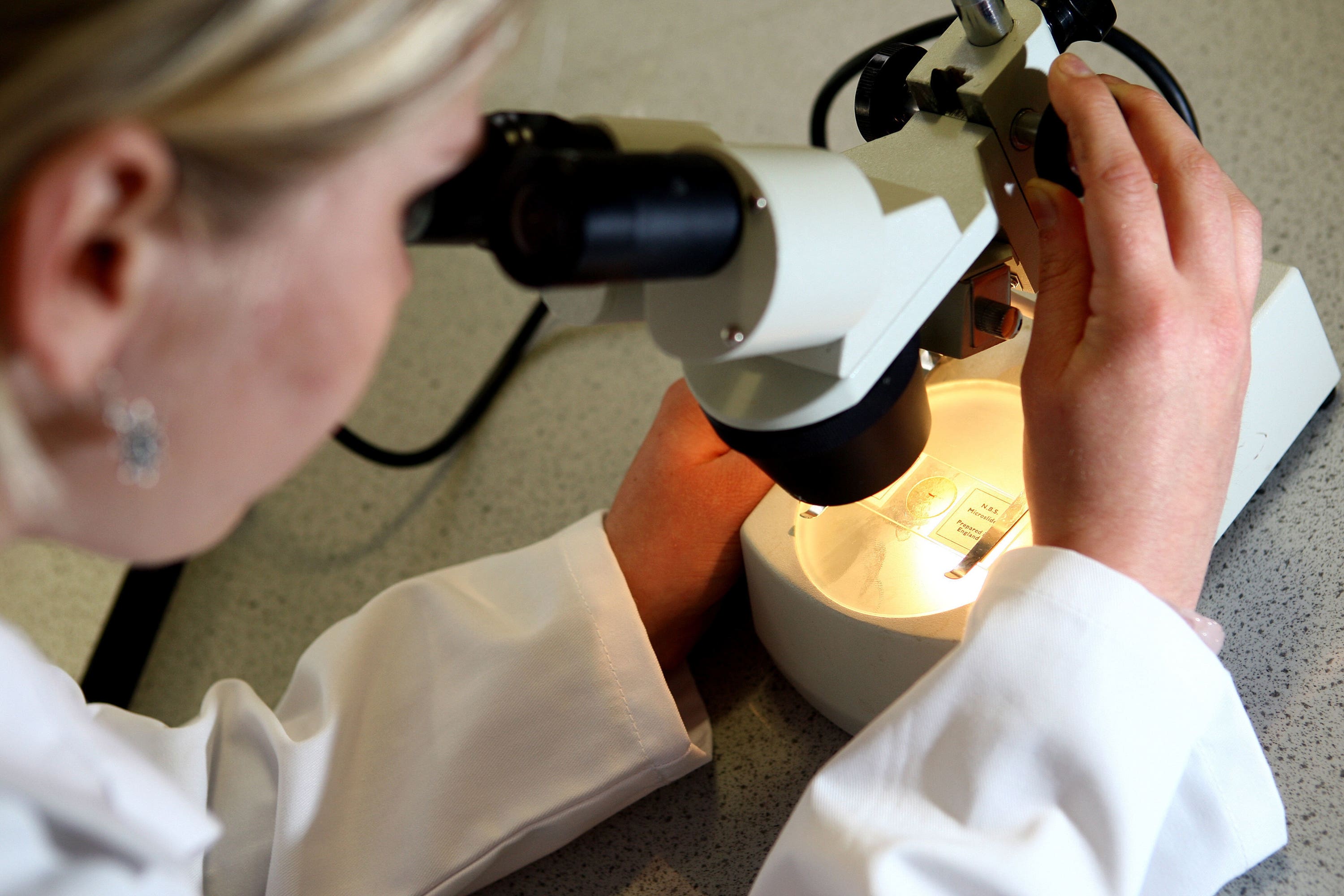‘AI finds twisting of eye vessels could cause high blood pressure’
The method could be used as part of routine eye checks to help identify people at high risk of developing the condition.

Your support helps us to tell the story
From reproductive rights to climate change to Big Tech, The Independent is on the ground when the story is developing. Whether it's investigating the financials of Elon Musk's pro-Trump PAC or producing our latest documentary, 'The A Word', which shines a light on the American women fighting for reproductive rights, we know how important it is to parse out the facts from the messaging.
At such a critical moment in US history, we need reporters on the ground. Your donation allows us to keep sending journalists to speak to both sides of the story.
The Independent is trusted by Americans across the entire political spectrum. And unlike many other quality news outlets, we choose not to lock Americans out of our reporting and analysis with paywalls. We believe quality journalism should be available to everyone, paid for by those who can afford it.
Your support makes all the difference.Artificial intelligence (AI) has found that twisting of eye vessels could cause high blood pressure and heart disease.
Research led by scientists at St George’s, University of London discovered 119 areas in the genome (complete set of DNA) that help to determine the size and shape of blood vessels at the back of the eye.
According to the study, an increase in twisting of these blood vessels could cause high blood pressure and heart disease.
The researchers suggest their method could be used as part of routine eye checks to help identify people at high risk of developing the conditions.
Medical professionals and researchers use images of the back of the eye to visualise the retina and its associated blood vessels and nerves.
This genetic information is a vital piece of the puzzle in our understanding and could pave the way for new treatments in the future
Scientists have previously shown that the shape and size of blood vessels on the retina are associated with conditions such as high blood pressure, heart disease, diabetes and obesity.
But until now little was known about how genetics play a role in determining the characteristics of these blood vessels.
Researchers studied retinal images from nearly 53,000 people who were enrolled into a large study called the UK Biobank.
They applied AI to the images to quickly and automatically distinguish between the different types of blood vessels (arteries and veins), and to measure blood vessel width and the extent to which the vessels twist and turn.
Professor Christopher Owen, head of chronic disease epidemiology at St George’s, University of London, said: “It had been thought that high blood pressure might cause twisted arteries, but our work unveils that it’s actually the other way around.
“This genetic information is a vital piece of the puzzle in our understanding and could pave the way for new treatments in the future.
“Retinal imaging is already a mainstay in high street optometrists.
“Our AI analysis of these images as part of routine eye checks could easily be done as part of a health check to identify those at high risk of developing high blood pressure or heart disease and in need of early intervention.”
The researchers used a technique called a genome-wide association study (GWAS) to determine whether there were similarities in the DNA of people with similar blood vessel characteristics.
The analyses were then repeated on 5,000 people who were part of the EPIC-Norfolk eye study.
Together with the UK Biobank, researchers identified 119 sections of the genome which are associated with retinal blood vessel shape and size characteristics – more than any previous study.
Of the 119 sections found, 89 regions were linked to arterial twisting.
According to the study published in PLOS Genetics, a higher level of twisting to the arteries also appeared to cause high diastolic blood pressure – a measure of the pressure in the arteries between heartbeats – and heart disease.